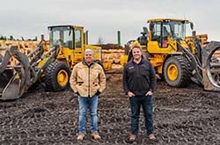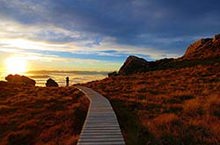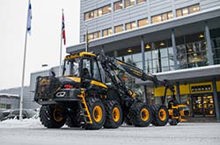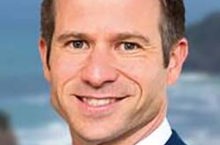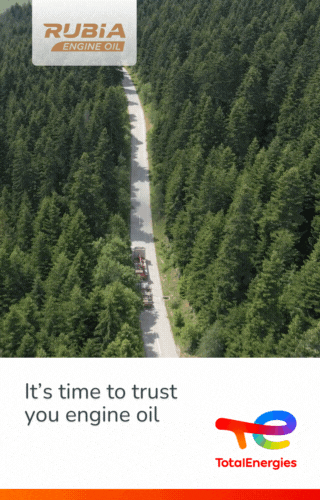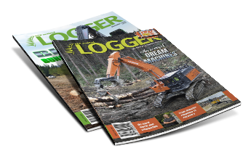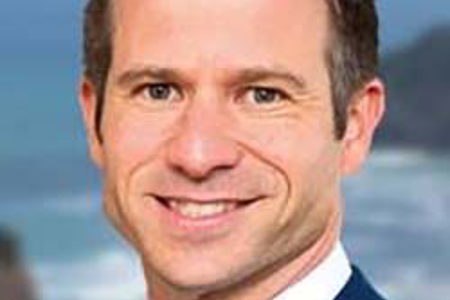
“New Zealand’s landscape is constantly evolving, and it’s crucial that we understand how,” says Land Information Minister, Chris Penk.
With this in mind, most of New Zealand has now been mapped in 3D, creating a rich dataset for planning economic growth, land management and modelling for risk, and Associate Regional Development.
“For the first time, this information is available as a single, comprehensive national dataset. With 80% of New Zealand now mapped, we can analyse most of the country at once, rather than taking a fragmented region-by-region approach. This has enormous value for decision-making, planning, and modelling.
“Light Detection and Ranging (LiDAR) data provides a baseline for tracking geological and geographical changes over time, from natural events such as erosion and shifting river paths to new man-made developments.
“It’s an essential tool for councils to better manage natural hazards by modelling flood zones, identifying slip-prone land and creating hazard maps to help keep people safe. We can also quickly collect new data after natural disasters to assess the impact, which will support recovery efforts.”
The PGF-LiDAR programme and the 10 regional councils who co-funded the project were supported by $14.6 million in grants from the former Provincial Growth Fund, administered by Kānoa - Regional Economic Development & Investment Unit.
“The 3D maps enable smarter planning and investment in regional forestry planting operations and greater agricultural productivity,” Mr Patterson adds.
“Councils are applying the data to ecosystem services such as runoff and nutrient retention, shade and ultraviolet protection, and landscape aesthetics.
“Councils may also use the data for compliance monitoring such as identification of excessive earthworks and quarrying, tree removal, or building activity across the regions.”
The data was captured by aircraft fitted with LiDAR technology, which uses pulsed light to measure the distance from the plane to the land below to build up a 3D picture of the country - accurate down to the nearest metre.
A new partnership with Ngā Tāngata Tiaki o Whanganui will contribute LiDAR data for the entire Whanganui River catchment, which will be available later this year.

